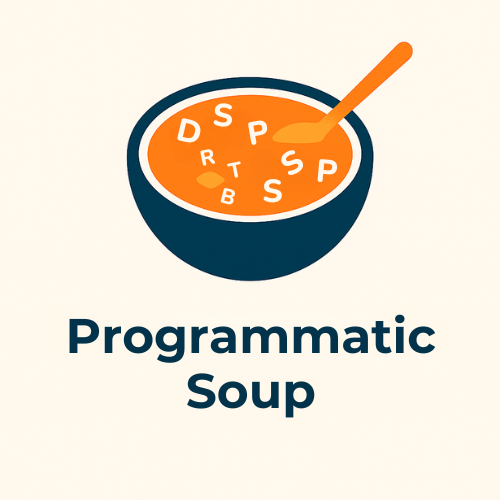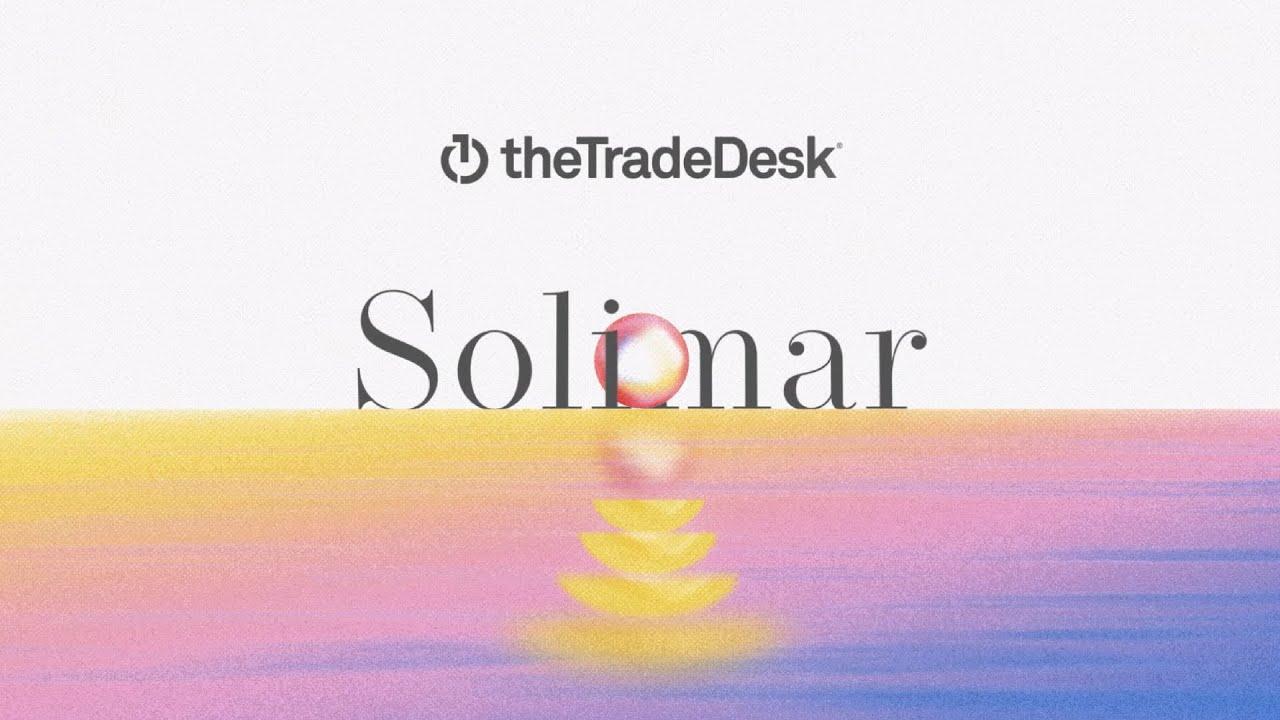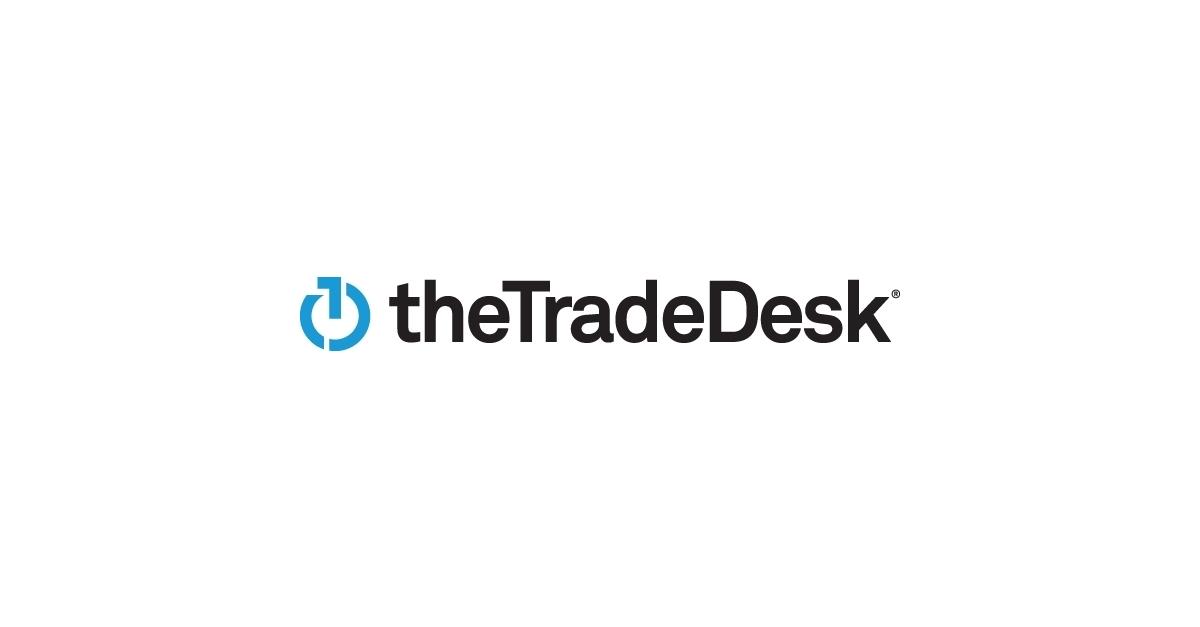SPO & Supply Path Transparency Tools
Supply path optimisation (SPO) has gone from a buzzword to a core part of how programmatic teams operate. Buyers want cleaner, more transparent routes to inventory, and supply-side teams in APAC need clear evidence that the paths they offer are efficient, authorised and worth prioritising. In Southeast Asia, this can be challenging. You have a … Read more




